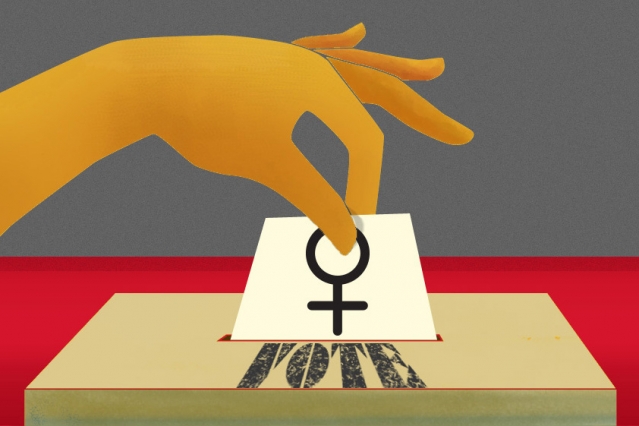What do the academics say? Fielding more female candidates helps political parties gain votes
Welcome to the latest in my occasional series highlighting interesting findings from academic research. Today – the rather topical issue of gender and candidates with a study from last year which I’ve not covered previously:
Political parties find that their fortunes improve when they put more women on the ballot, according to a study co-authored by an MIT economist.
The study analyzes changes to municipal election laws in Spain, which a decade ago began requiring political parties to have women fill at least 40 percent of the slots on their electoral lists. With other factors being equal, the research found, parties that increased their share of female candidates by 10 percentage points more than their opponents enjoyed a 4.2 percentage-point gain at the ballot box, or an outright switch of about 20 votes per 1,000 cast.
“When you force a party to field more women, they gain votes,” says Albert Saiz…
Saiz believes the study strikes a blow against some common justifications for the dearth of female candidates in many democracies — namely, that voters simply prefer voting for men, or that not enough high-quality female candidates are available to political parties. It is likely that voters will support women, he thinks, and that plenty of good female candidates exist — but women do not appear on ballots as frequently as men because of machinations within party organizations. [MIT]
Older studies across industrialised democracies find a range of results about the impact of female candidates, being consistent at a minimum in their findings that having more female candidates does not lose a party votes and then varying in their findings beyond that.
In particular, the mechanism by which more female candidates can lead to more votes is open to a range of explanations, from the direct – such as women being more likely to vote for women (an effect which has been found in some but not all studies which went looking for it) – through to the more indirect, such as that having a diverse set of candidates makes a party look modern and in-touch, generating more affirmative responses to ‘does the party understand and care for people like me?’. That is particularly pertinent for the Liberal Democrats right now, given that not only is the majority of the electorate female, but also the most fruitful group of voters for the party to appeal to is even more female on average than that.
You can read the other posts in the What do the academics say? series here.

Leave a Reply